Variable Speed Pump Vs Single Speed: A Comparison Review
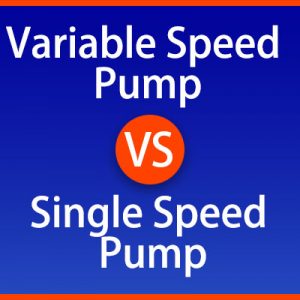 Pool type, size, quality of water, pressure – all these factors directly influence the choice of compulsory pool systems like filters and a pump. The latter is especially important for proper maintenance.
Pool type, size, quality of water, pressure – all these factors directly influence the choice of compulsory pool systems like filters and a pump. The latter is especially important for proper maintenance.
The market offers us two types of pumps – single speed (only one speed available) and variable speed units (with several speed programs that alter automatically or manually). Today, we’d like to discuss the best-selling pool equipment brands – Hayward, Pentair, and XtremepowerUS – to compare top single speed vs variable speed pool pumps to offer.
While single products suit smaller pools, are easier for installation, use, and just cheaper, variable systems work with larger reservoirs, are smarter, and ensure a great energy economy. Let’s find out what product will suit your needs.
Main differences:
- Variable speed pumps can change water flow rate in the filtration system, while single speed pumps have only one speed – one flow rate.
- Maximum speed for a variable speed pump can be linked typically to the one speed in a single-speed pump. Usually, the speed and correspondingly the flow can be changed in variable speed pumps from 25 to 100 percent of the maximum level.
- As the filtration process does not require constant maximum flow, a variable speed pump allows saving energy.
- In variable speed pump, water through filtration system turns more times with less energy consumption during 24 hours per day that significantly improves the water quality in the pool (organics has no time to grow). The chemical treatment of the pool because of that can be performed fewer times per season, and the number of required chemicals will be smaller.
- Single-speed pumps are usually cheaper than variable speed drives with more service life and lower maintenance costs, as parts are used less than in variable speed drives.
SINGLE SPEED POOL PUMPS
Two brands take the leading positions in the single speed pump field – these are Hayward and Pentair models. The diversity of products will satisfy any customer but, at the same time, may make a choice a really tough thing.
Haywards support both pool types and offer more durable motors with anti-loading protection. Besides, they’re more affordable than Pentairs. Hayward is not a cheap brand, and even its simplest single speed pumps cost you up to $600 (still, an average price is $350-$400).
Pentair pool single speed pumps are rather aimed at inground pools. You get a higher GPM rate and larger, more convenient baskets with transparent lids.
VARIABLE SPEED POOL PUMPS
In this section, we’d like to discuss three pool pump brands – the well-known Hayward and Pentair and one more XtremepowerUS.
Variable speed pumps significantly differ from single speed models in many respects. Firstly, they provide more speed options that adjust automatically to pool needs or are set by users. Also, we notice better motors and higher HP rates.
However, smart speed adjustment allows for great energy savings. Variable speed modes mean extreme energy savings up to 90% compared to single speed pumps. Increased power means that pumps better suit large inground pools.
Finally, users love easy control through digital screens with multiple speed settings and timers.
The improved performance results in higher prices. Costs for variable speed pool pumps start from $1000, so they’re quite expensive. Still, you’ll redeem your investments later on electricity saving. So, let’s compare the best representatives of this class!
Here, we won’t provide you with GPM rates like in the single speed pump section as the exact GPM will vary greater depending on the speed chosen and the pool size. Please consult the manufacturer.
Main Difference in energy costs
Let’s count and compare the energy cost of a single speed pump and variable speed pump:
Single-speed pump – Let’s calculate the energy cost of a single-speed pump running for 10 hours a day at 3450 rpm.
Energy cost = Power consumption x Time x Cost of electricity
For example, let’s say that your pump has a power consumption of 1,000 watts (or 1 kilowatt), and the cost of electricity is $0.12 per kilowatt-hour. Then, the energy cost of running the pump for 10 hours a day at 3450 rpm would be:
Energy cost = 1 kW x 10 hours x $0.12/kWh Energy cost = 10 kWh x $0.12/kWh Energy cost = $1.2
So, the energy cost of running a single-speed pump at 3450 rpm for 10 hours a day would be $1.2 per day or about 36$ per month.
Variable speed pump – Let’s calculate the energy cost of a variable speed pump running for 24 hours at 2400 rpm:
The power consumption for a variable-speed pump varies depending on the speed and flow rate. However, we can assume an average power consumption based on the pump’s efficiency and the typical operating conditions.
Let’s assume that the variable speed pump has an average power consumption of 500 watts (or 0.5 kilowatts), and electricity costs $0.12 per kilowatt-hour. Then, the energy cost of running the pump for 24 hours a day at 2400 rpm would be:
Energy cost = 0.5 kW x 24 hours x $0.12/kWh Energy cost = 12 kWh x $0.12/kWh Energy cost = $1.44
Therefore, the energy cost of running a variable speed pump at 2400 rpm for 24 hours a day would be $1.44 per day.
Frequently Asked Questions
Hayward vs Pentair vs XtremepowerUS: what is the best pool pump for inground pools?
 We’d recommend you to pay attention to Hayward SP3202VSP TriStar VS Variable-Speed Pool Pump. The model is ideal for the largest pools but still provides up to 90% energy saving, extra-durable motor, smart control, and on-board diagnostics.
We’d recommend you to pay attention to Hayward SP3202VSP TriStar VS Variable-Speed Pool Pump. The model is ideal for the largest pools but still provides up to 90% energy saving, extra-durable motor, smart control, and on-board diagnostics.
Also, Pentair 011028 IntelliFlo VS Pool Pump is a decent and equal but more expensive option.
What is the best single speed pool pump?
Please, also mind Pentair brand with its Pentair 340039 SuperFlo and Pentair 340210 Dynamo pumps that stand aside due to compactness and high HP rate.
Can dual speed pool pumps be used in above ground pools and replace single speed pool pumps?
Where are Hayward, Pentair, and XtremepowerUS pool pumps made?
Conclusion
In this article, we tried to consider the most popular and efficient single speed and variable speed pool pumps by three leading brands.
In fact, the models don’t differ that much, but there are some unique technologies that can greatly influence performance and your choice (like HP, RPM, smart speed control, TEFC colling motors, automatic self-diagnostics).
Also, we can say that the market offers various pumps for any pool and customer. So, we hope you’ll find your perfect pool pump.



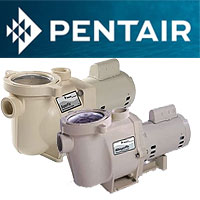
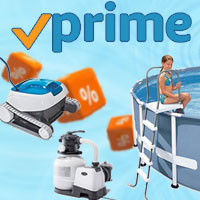
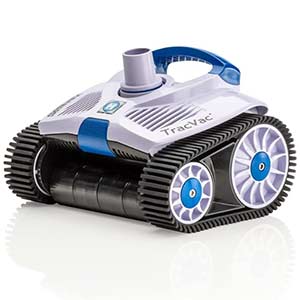
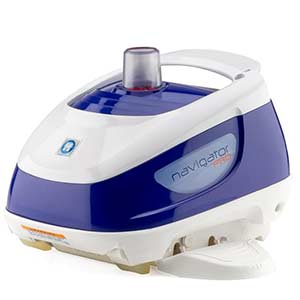
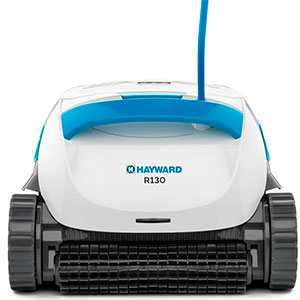
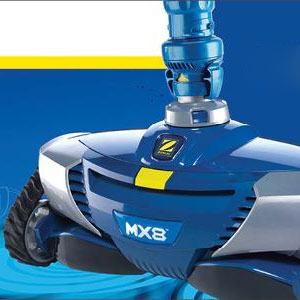
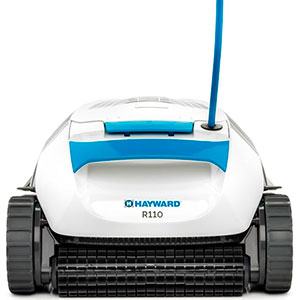
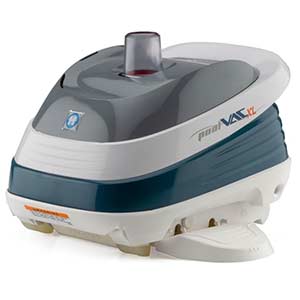
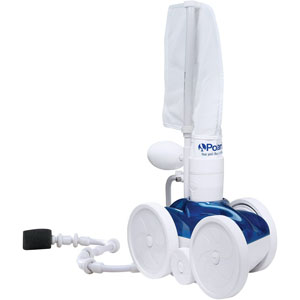
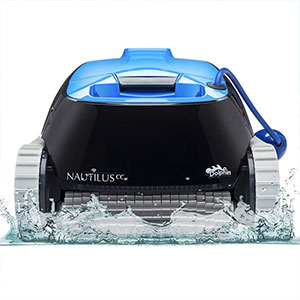
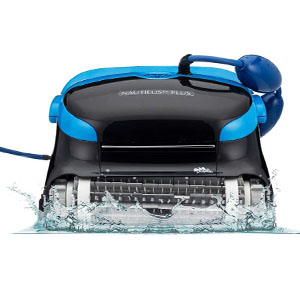
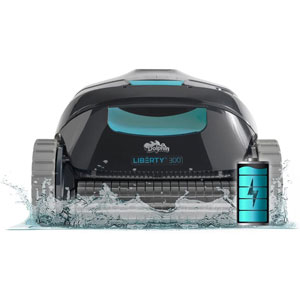
Andry
How much does it cost to use Variable Speed Pool Pump?
Marcus Robertson
The cost of running a variable speed pool pump per month can vary greatly depending on several factors, such as the size of your pool, the climate in your area, the pump’s speed and usage, and local electricity rates.
As a rough estimate, it is possible to calculate the monthly cost by multiplying the pump’s wattage by the number of hours used per day and the cost of electricity per kilowatt-hour (kWh).
For example, if a variable speed pool pump uses 200 watts, runs 8 hours per day, and the cost of electricity is $0.15 per kWh, the monthly cost would be approximately:
200 Watts * 8 hours/day * 30 days/month * $0.15/kWh = $96
Keep in mind that this is just an estimate and your actual monthly cost may differ. It’s always a good idea to check your local electricity rates to get a more accurate estimate.